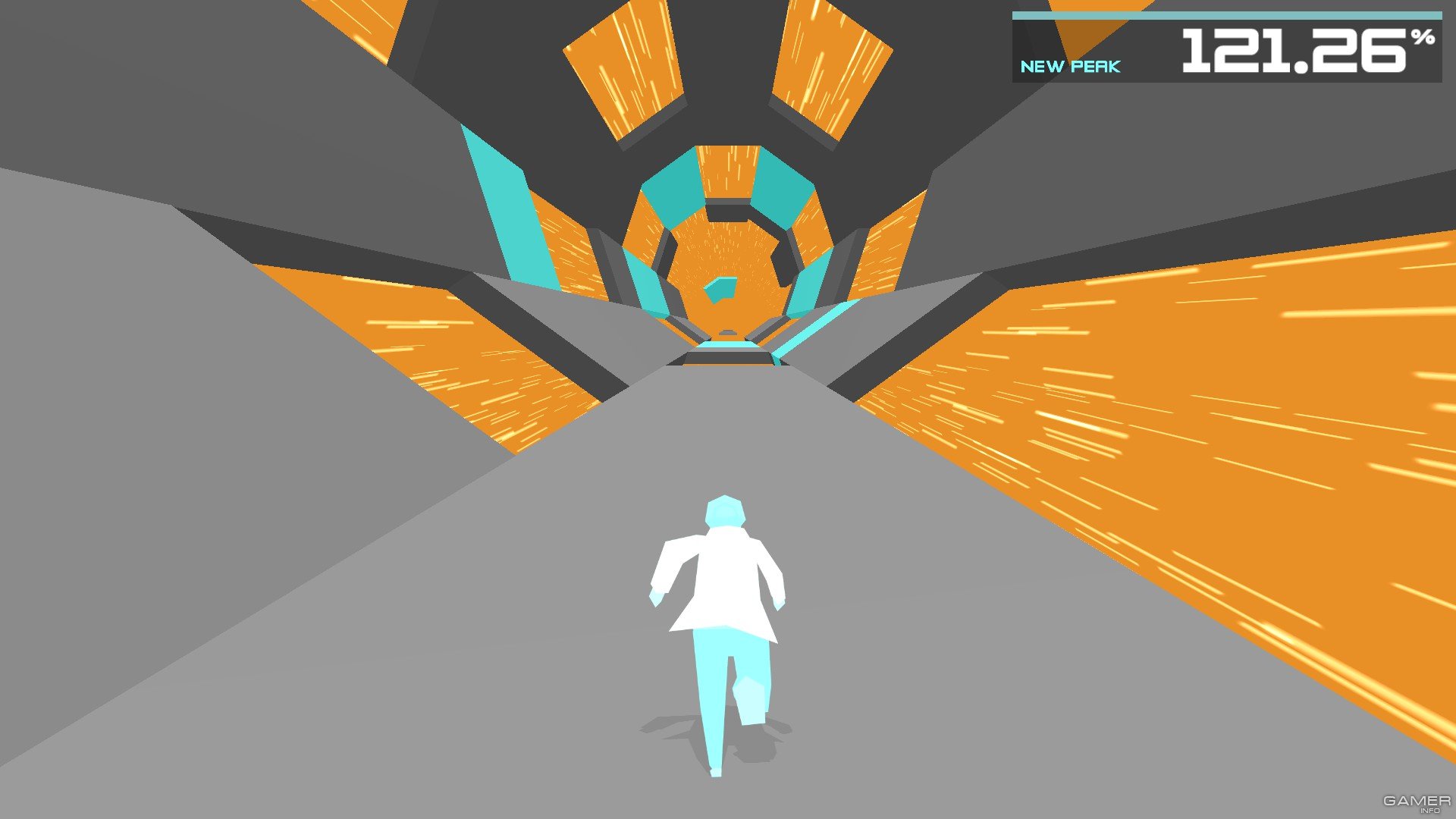


#Boson x dark x boson full#
“The Higgs boson discovery has sparked an exciting, deep and broad experimental effort that will extend throughout the full LHC program.” “The Higgs sector is directly connected with very profound questions related to the evolution of the early Universe and its stability, as well as to the striking mass pattern of matter particles.” Andreas Hoecker, spokesperson of the ATLAS Collaboration. “After just ten years of Higgs boson exploration at the LHC, the ATLAS and CMS experiments have provided a detailed map of its interactions with force carriers and matter particles,” said Dr. The studies each combine an unprecedented number and variety of Higgs boson production and decay processes to obtain the most precise and detailed set of measurements to date of their rates, as well as of the strengths of the Higgs boson’s interactions with other particles.Īll of the measurements are remarkably consistent with the Standard Model predictions within a range of uncertainties depending, among other criteria, on the abundance of a given process.įor the Higgs boson’s interaction strength with the carriers of the weak force, an uncertainty of 6% is achieved.īy way of comparison, similar analyses with the full Run 1 data sets resulted in a 15% uncertainty for that interaction strength. To explore the full potential of the LHC data for the study of the Higgs boson, including its interactions with other particles, ATLAS and CMS combined numerous complementary processes in which the Higgs boson is produced and decays into other elementary particles.Įach of their full LHC Run 2 datasets (between 20) include over 10,000 trillion proton-proton collisions and about 8 million Higgs bosons. “Without this field, elementary particles such as the quark constituents of the protons and neutrons of atomic nuclei, as well as the electrons that surround the nuclei, would not have mass, and nor would the heavy particles (W bosons) that carry the charged weak force, which initiates the nuclear reaction that powers the Sun.” “The Higgs boson is the particle manifestation of an all-pervading quantum field, known as the Higgs field, that is fundamental to describe the Universe as we know it,” the physicists said. Since then, more than 30 times as many Higgs bosons have been recorded by the experiments, enabling much more precise measurements and new tests of the theory. In 2012, a particle with properties consistent with the Higgs boson was observed by the ATLAS and CMS experiments at the Large Hadron Collider (LHC). The quantum excitation of this field, known as the Higgs field, manifests itself as the Higgs boson, the only fundamental particle with no spin. One of the central features of the Standard Model is a field that permeates all of space and interacts with fundamental particles. The Standard Model of particle physics describes the known fundamental particles and forces that make up our Universe, with the exception of gravity. In 2012, physicists from the ATLAS and CMS experiments at CERN announced the discovery of a new boson looking very much like the Higgs boson.


 0 kommentar(er)
0 kommentar(er)
